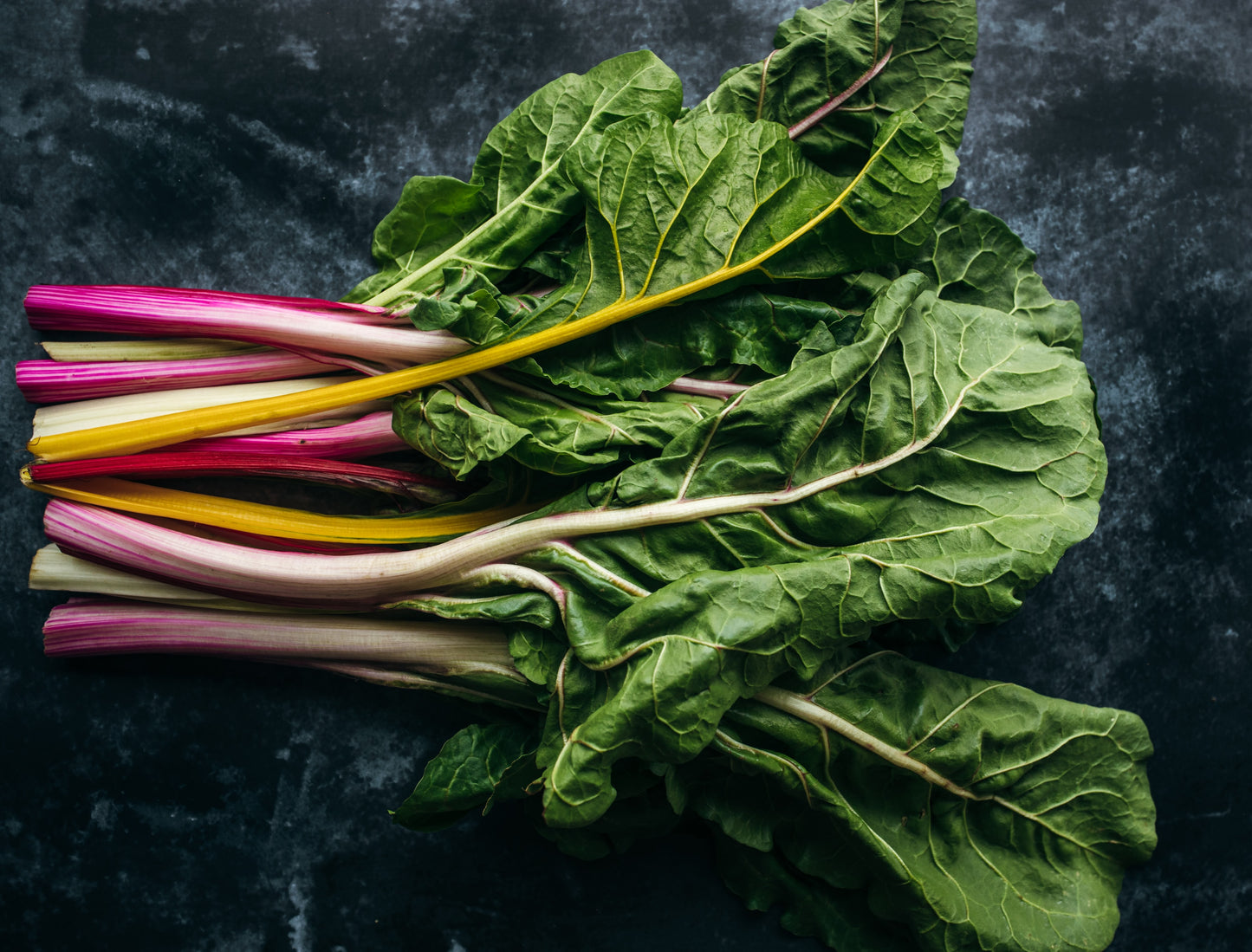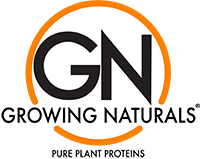
It’s no secret that iron is good for you—but did you know that not all iron is created equal? Heme and non-heme, the two different types of iron, are both important forms of iron, and both are essential to good health. However, when it comes to iron, non-heme might actually be better for your health.
Iron 101
Iron is an essential element found naturally in different types of food. Its role in the body is essential too, playing a key role in a number of processes that take place in the body. These include:
- Blood production. About 70 percent of iron in the body is found in red blood cells, where it carries oxygen from the blood to your lungs and tissues. It also helps provide oxygen to the muscles.
- Immune function. Although an excess amount of iron can actually be detrimental to the immune system, iron is essential for proper immune system function and helping the body fight infections.
- Brain function. Iron plays an important role in brain function, particularly in learning and memory.
There are two main types of iron—heme and non-heme.
Heme iron is found in animal meat and is more easily absorbed by the body at a rate of 7-35%, depending on factors like whether or not you are iron deficient and the foods you eat. Some of the best sources of heme iron include red meats like grass-fed beef and lamb, sardines, chicken, and tuna.
Non-heme iron is found in antioxidant-rich plant foods. It has an absorption rate of 2-20%, which is why the recommended daily intake for vegetarians and vegans is slightly higher. Legumes and leafy green vegetables are particularly good sources of iron.
Iron requirements
Because the body doesn’t make iron on its own, it must be consumed through food or supplements. How much you need depends on whether or not you are pregnant or menstruating. Current dietary guidelines recommend:
- Men 19-50 yrs: 8 mg/day
- Women 19-50 yrs: 18 mg/day
- Pregnant women: 27 mg/day
- Vegans and vegetarians: 1.8 times greater than listed amounts above
You can increase your absorption of non-heme iron by incorporating foods and substances that aid with iron absorption. Vitamin C is one of the best sources. Adding just 50 milligrams of Vitamin C—the same amount found in half a grapefruit or a glass of orange juice—to your meal can triple the amount of non-heme iron absorption. Cooking foods in cast iron pans can also increase iron absorption.
Certain substances can also limit iron absorption when consumed with high-iron meals; one cup of coffee, for example, can limit iron absorption by up to 60 percent. Avoid coffee, green or black tea, and calcium supplements at least two hours before and after eating a meal with high iron content.
Iron deficiencies
Iron deficiency is the most common nutritional deficiency and occurs when the body doesn’t have enough iron. When left unchecked, it can also lead to anemia, which occurs when the blood does not carry enough oxygen to the body.
Iron deficiency is the leading cause of anemia throughout the world. Both conditions have similar symptoms, including:
- Unexplained fatigue and general weakness
- Dizziness
- Sensitivity to cold
- Shortness of breath after routine or light physical activity, such as climbing stairs
- Pica (cravings for ice or non-food items)
Certain groups have a higher risk of developing iron deficiency, including:
- Pregnant women, who need more iron to support increased blood production
- Infants and young children, who have higher iron requirements to support rapid growth
- Women with heavy periods
- Frequent blood donors
- Those with certain conditions, including cancer, gastrointestinal disorders (e.g. Celiac Disease), or heart disease
It is a common misconception that vegans and vegetarians have a higher probability of developing iron deficiency or anemia. To date, however, there is that vegans or vegetarians are at a higher risk of developing iron deficiency or anemia compared to non-vegetarians. This is not surprising, considering many plant-based foods are rich sources of iron.
If you have an iron deficiency, your doctor will work to address the underlying cause. In addition to adding more iron to your diet, you may be advised to take iron supplements. These contain ferrous or ferric iron, a form of non-heme iron that is easily absorbed.
The risks of heme iron
While heme iron has better absorption rates, studies have shown that heme iron consumption can actually increase the risk of serious diseases. One study found heme iron increased the risk of coronary heart disease by a whopping 57 percent. Multiple studies have also shown a correlation between heme iron and increased risk of colon cancer. This is particularly true for red meat.
Scientists believe heme iron contributes to these conditions because the body treats the two forms of iron differently when consumed. It can control the absorption of non-heme iron from plant-based sources, but not from meat. As a result, the body can’t easily dispose of excess iron, so the excess amounts are stored in your organs and blood cells, leading to increased risk of serious health concerns.
Plant-based non-heme iron sources
Obtaining most of your iron through plant-based, non-heme sources can have the greatest impact on your overall health. Some of the best sources include:
- Just one serving of spinach contains 36 percent of the recommended daily amount. (Pair it with orange juice in a green smoothie and get even greater benefits!)
- Rice and pea proteins. Growing Naturals rice proteins and pea proteins are another excellent source, containing 34-45 percent and 25-30 percent of daily iron requirements, respectively. They’re also versatile enough to be used in smoothies and savory recipes.
- Beans and lentils in general are excellent sources of iron; one cup of cooked soybeans contains nearly 49 percent of your daily iron requirements.
- Leafy greens. Swiss chard; beet, collard and mustard greens; and bok choy are among the leafy greens with the highest amounts of iron.
While iron is absolutely essential to good health, too much of a good thing can lead to health problems. By limiting the amount of heme iron you consume and upping your non-heme iron intake through quality plant-based sources, you can keep iron-related health issues at bay.
